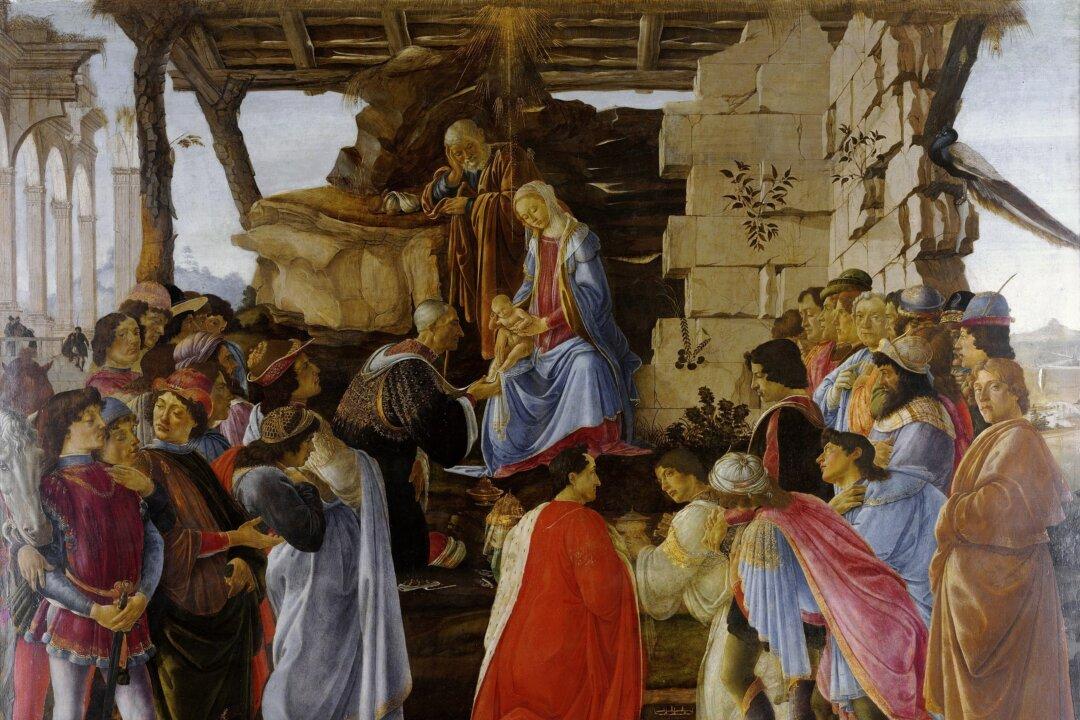How often do you get up early during the school year, stroll outdoors, and listen to the birds as the sun comes up? That joyful symphony is called the “dawn chorus.” Those winged songs compose the daily music of life and light.
When you allow for time and space, there is so much inspiration in the natural world! Summer is here. During these precious free days, why not seek and discover? Turn off your screens, step outside, adjust your eyes, and breathe the free air!





